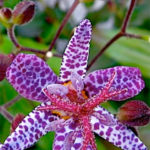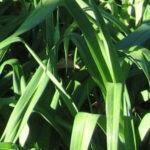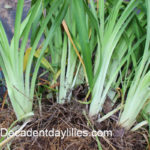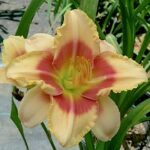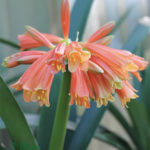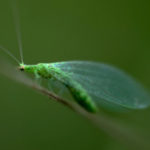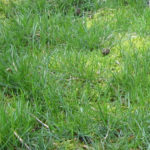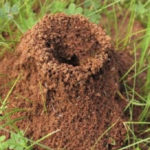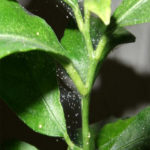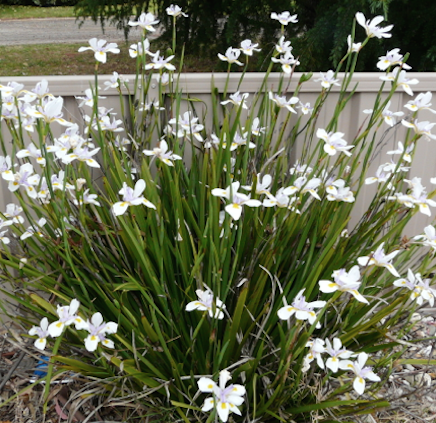
Butterfly Grass Dietes Plant Wild Iris
Dietes Plant or Wild Iris sometimes called the fairy Iris or butterfly grass is a fantastic plant for landscaping and decorating gardens.
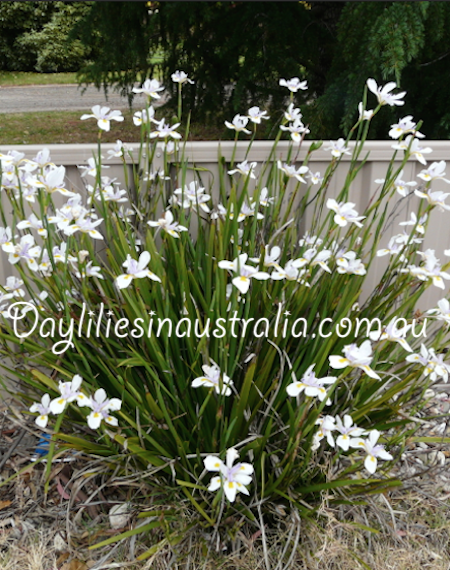 It’s exceptionally low maintenance an ideal plant for the beginner gardener, highly versatile and aesthetically pleasing. Homeowners and gardening enthusiasts will appreciate how the dietes plant can fit in with almost any landscape or theme. However, people interested in possibly cultivating the dietes species may want to know a few things before purchasing the plant. Individuals will want to be aware of the conditions that this plant can thrive in, the general behaviour of the plant, and the multiple ways that it can be effectively utilised. This knowledge will help gardeners to get the most out of their Dietes Plant experience.
It’s exceptionally low maintenance an ideal plant for the beginner gardener, highly versatile and aesthetically pleasing. Homeowners and gardening enthusiasts will appreciate how the dietes plant can fit in with almost any landscape or theme. However, people interested in possibly cultivating the dietes species may want to know a few things before purchasing the plant. Individuals will want to be aware of the conditions that this plant can thrive in, the general behaviour of the plant, and the multiple ways that it can be effectively utilised. This knowledge will help gardeners to get the most out of their Dietes Plant experience.
Unlike most plants, which have strict guidelines as to where they can and cannot be grown, the Wild Iris can do well almost anywhere with its long strap leaves this plant forms clumps and spreads by rhizomes below the soil service. The plant can thrive in many climates that would deter most other vegetation. This waterwise plant can stand droughts, extreme temperatures, and even poor quality soil is all endurable for it. Because of this, the Dietes Plant is fantastic to plant in areas where other plants might not fare. Nevertheless, the plant works great for filling in difficult areas and sprucing up previously barren ground.
Pruning Dietes Knowing the trick for more flowers
The Dietes Plant still has precautions that need to be taken with it and it is essential that gardeners treat it with care. Growers should never remove the plant’s flowers from its stem, since the Dietes Plant continues to flower for years on the end of the one flowering stem. Above all removing the whole stem from the base of the plant would cause the plant damage and mean it will take a lot longer for the plant to flower as it has to produce a new stem and fan before it reflowers. I might add it is ruthless to cut down, prune or trim this plant down lower than the last flower on the stem or low to the ground unless you are dividing the plant or you don’t want any flowers.
While the dietes is a tough specimen, there are still ways to damage it. Common sense and a nurturing attitude can go a long way.
The Life Cycle of a Dietes Plant
Dietes plants multiply making individual plants with one flower stem. The same flowering stems continues to flower year after year and never dies this is why you dont cut it off. The dietes plant flowers for a good month and each flower lasts for a few days. Dietes Iris are the same as bearded iris they do not have more than one flowering stem per rhizome.
Why is my Dieties Iris Not Flowering its simple because when you pruned the plant you cut off the flowering stem. Dieties Iris are not indoor plants and are grown in a sunny outdoor garden this is another reason for them to not flower.
What to Plant with Dietes Plants example
My Dietes Bicolor plants hide one section of a large pond behind a mass planting of naked ladies. Once the blooms end, I get the huge naked lady leaves to avoid weeds during winter. Because both plants are extremely tough and frost hardy, I seldom water this area of my front yard because both plants can withstand adverse weather.
When do you Prune Dietes Plant Varieties
My Dietes plants are never cut back. Every once in a while, I pluck out the dead grassy leaves from my Dietes Bicolor and the firm flat leaves of my Dietes Iridioides. Cutting back hard any part of my Dietes plants would only deface them. I find this way keeps them looking good!
Where to plant Dietes Plant Varieties
Because of the fact that Dietes Iris is a durable plant, and due to its eye catching appearance, gardeners will want to make the most out of where they display it. Growers may want to plant it around the perimeter of their garden to provide a natural border. Also, they may wish to cultivate it along roadsides, walkways, or other places where the plant can be appreciated, I have mine in a row along a dam bank grown in very poor soil with planting spacing 24 in. (60 cm
The Dietes Iridioides is commonly grown in Australia other species include Dietes Bicolor, Dietes Moraea, Dietes Iridioides, Dietes Robinsoniana, Dietes Vegeta and Dietes Grandiflora these plants are so tough you will find them planted around the streets, in the middle of roadways and in shopping centres in Australia above all it grows in most areas in Australia and are not Poisonous.
Steps to Propagate Dietes Grandiflora – Fortnight Lily by Seed or Division
Most gardeners don’t start with seeds because it takes longer for them to grow, get roots, and start blooming. Still, you can often get seeds from seed nurseries or from plants that have already set seed. If the seeds are not collected some seeds will self seed by themselves.
How to Propagate Dietes Grandiflora Seeds in Two Weeks
When seeds are black collect the seeds and keep them in a dry place indoors until they are ready to be planted. Most of the time, the best time to plant seeds for sowing is in the spring. Because the dietes seed is a hard seed you may want to soak the seed the day before, this makes the seeds swell which speeds up germination.
- Set up your planting area or pot, with well draining soil, and then plant the seeds 1cm deep in the soil.
- If you plant in rows, make sure to give each plant enough room to grow.
- Plant a few seeds close to each other in the same hole in case some of the seeds do not grow.
- Leave a space of 60cm between each group of seeds.
- Keep the soil damp so the seeds can start to grow.
- These Irises can take from a fortnight for seeds to start growing.
How to Divide Dietes Wild Iris
Since these Irises are herbaceous plants that grow and multiply quickly they will need to be split up into smaller groups after 5 years of growth. The best time to split up rhizomatous plants is when it is cool outside.
- Dig up your huge wild iris plant carefully or remove the plant out of its pot.
- Find where the natural rhizome splits by following each leaf fan down to its base.
- Cut through the roots and rhizome with a sharp knife.
- Trim the leaves to 30cm to prevent wind rock.
- Make sure that each plant has enough rhizome and roots at the base and some healthy, pointed leaves to help it get started.
- By planting 5 fans of the iris in new soil, you can start a new plant.
After replanting, don’t forget to keep the iris moist by watering it until you cannot tug the plant out of the ground.
Due to the functionality and aesthetics of the Dietes Plant, many growers use it for both its visual values and its utilitarian purposes as it is the perfect plant for the busy worker being low maintenance and easy to grow. The plant can thrive in adverse circumstances that would damage most vegetation, poor soil and bad weather are no problem for its growth. Despite its strengths, the plant still needs proper care. While there is no need to pamper it, it is important that growers make sure that it is doing well. This tough plant combines natural beauty with rugged durability.
The photo was taken out of my garden, where this plant is planted it is left to defend for itself.






